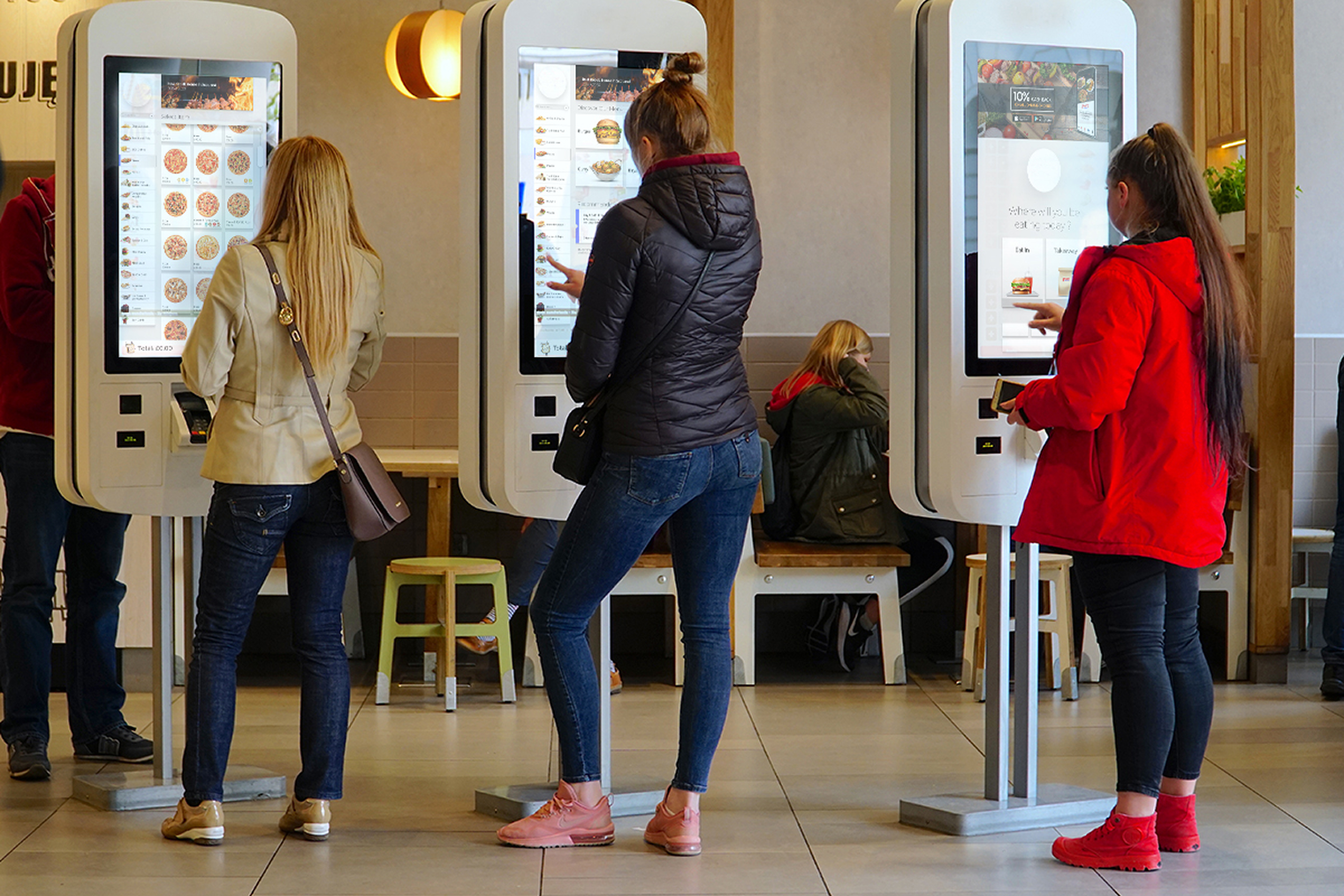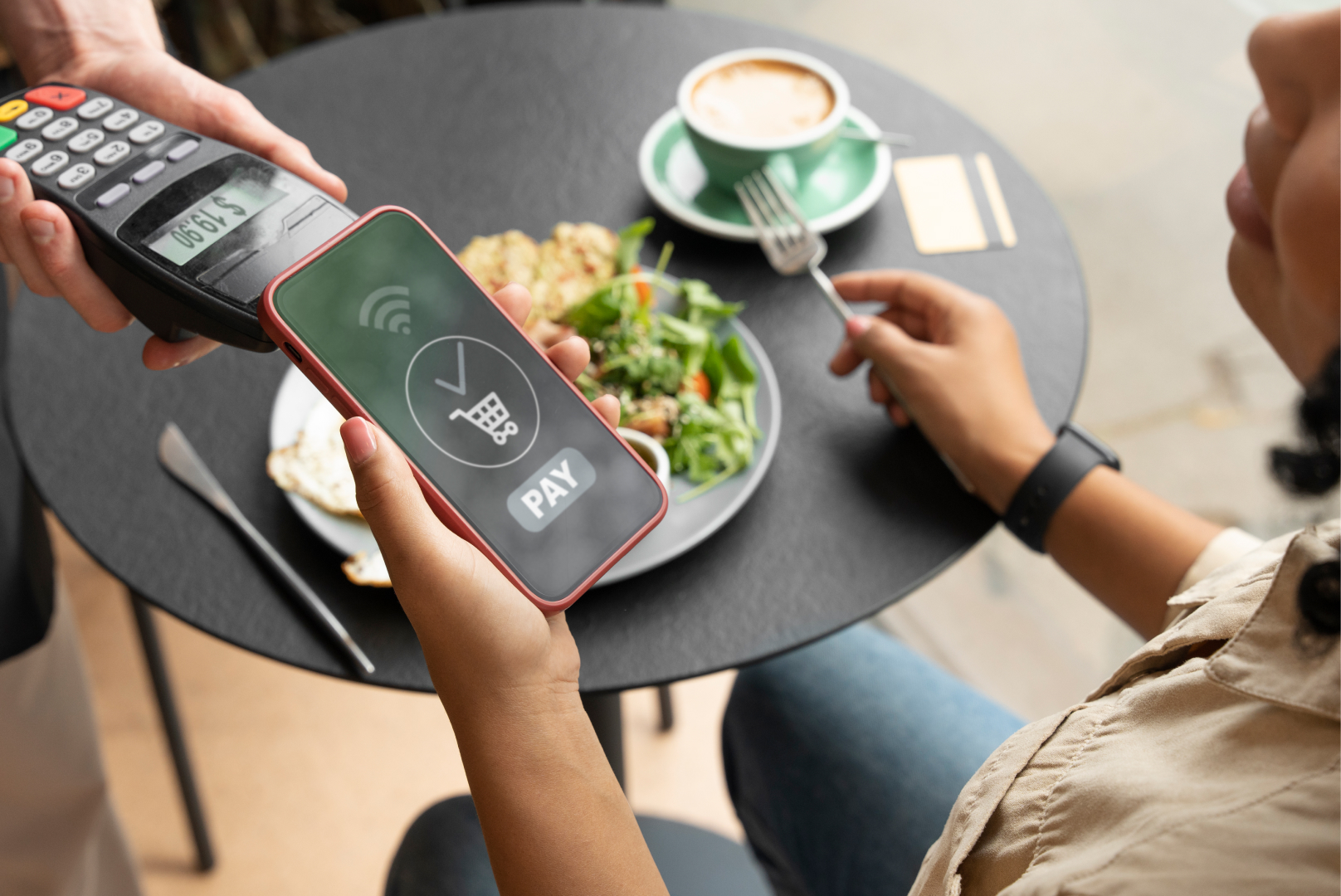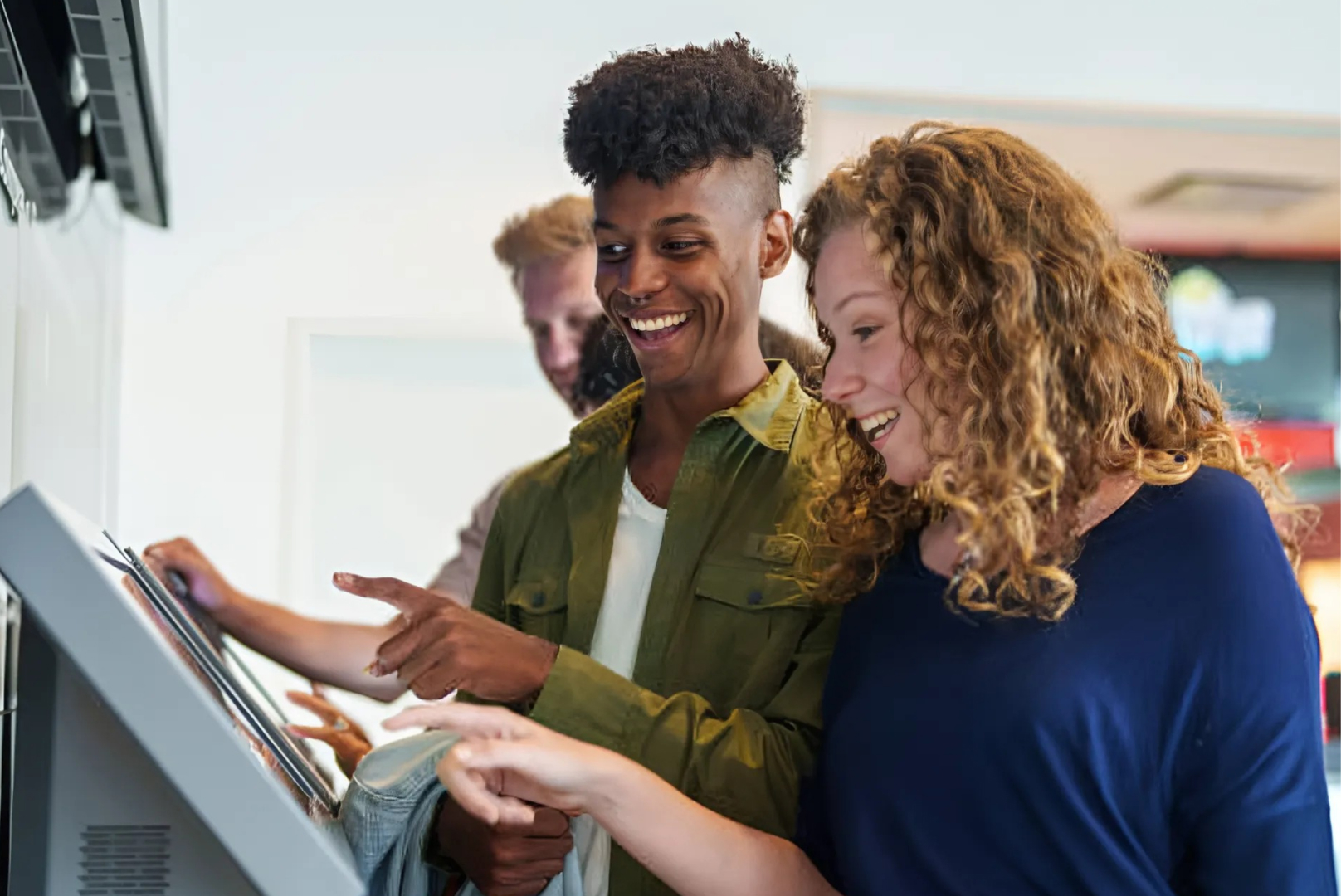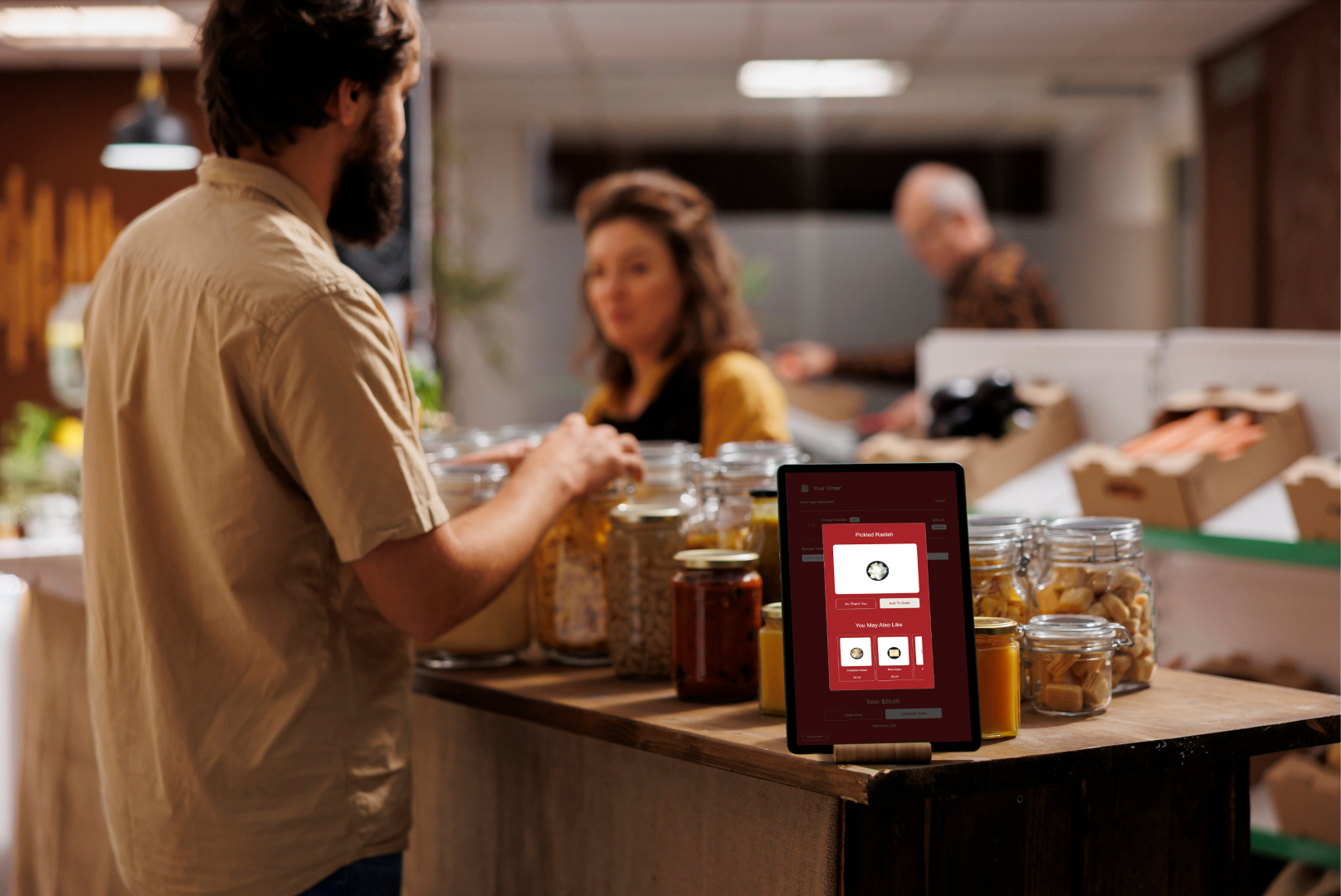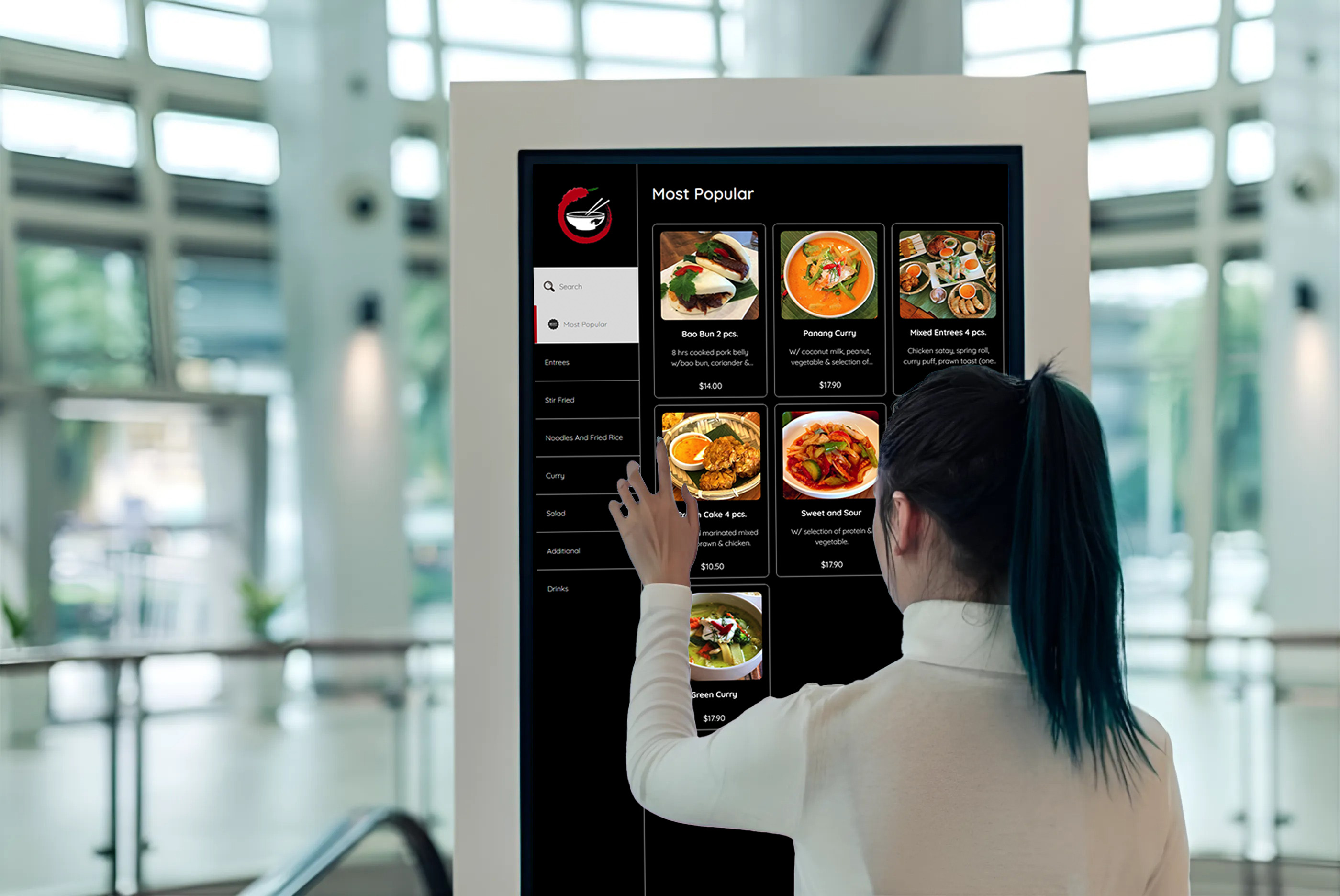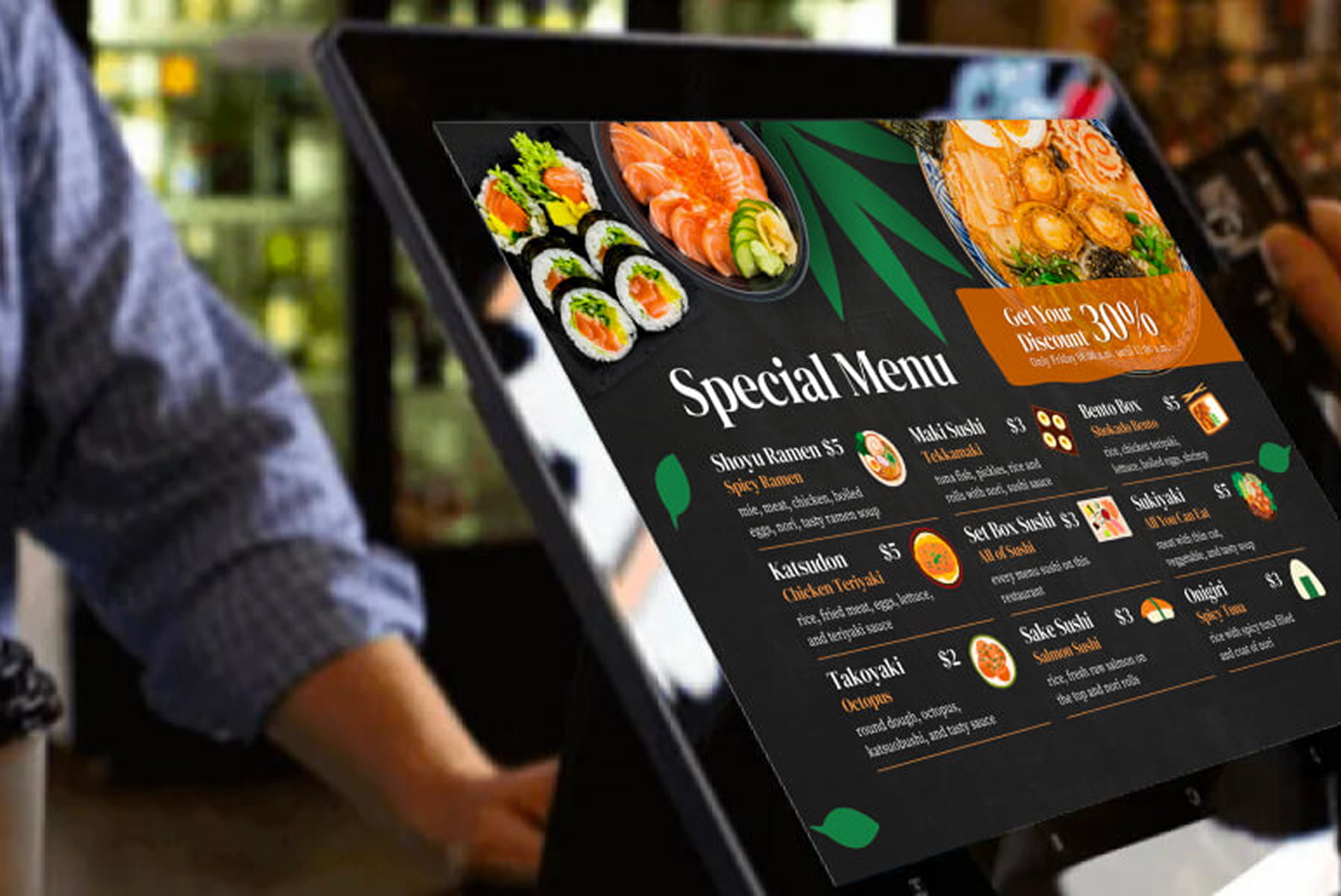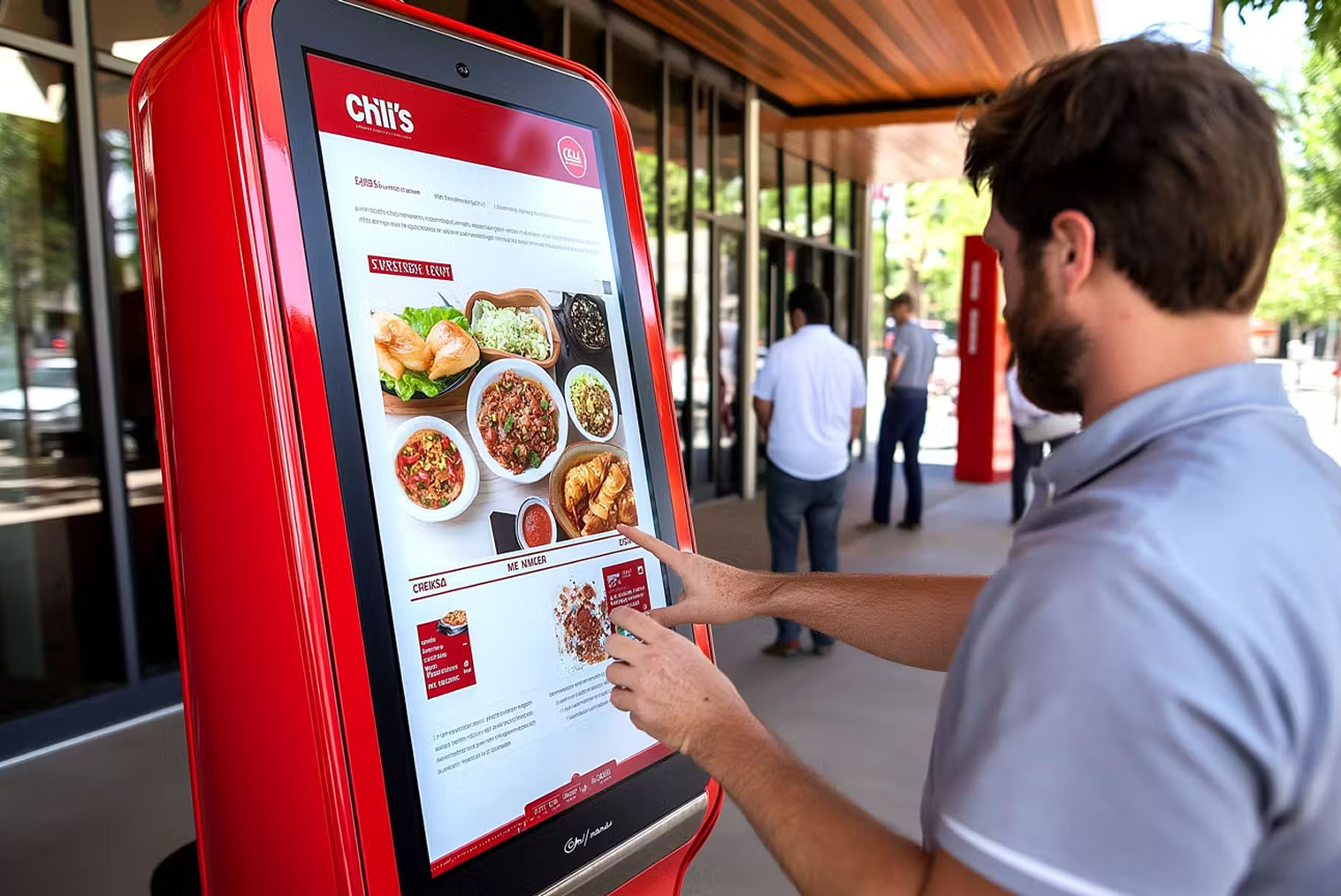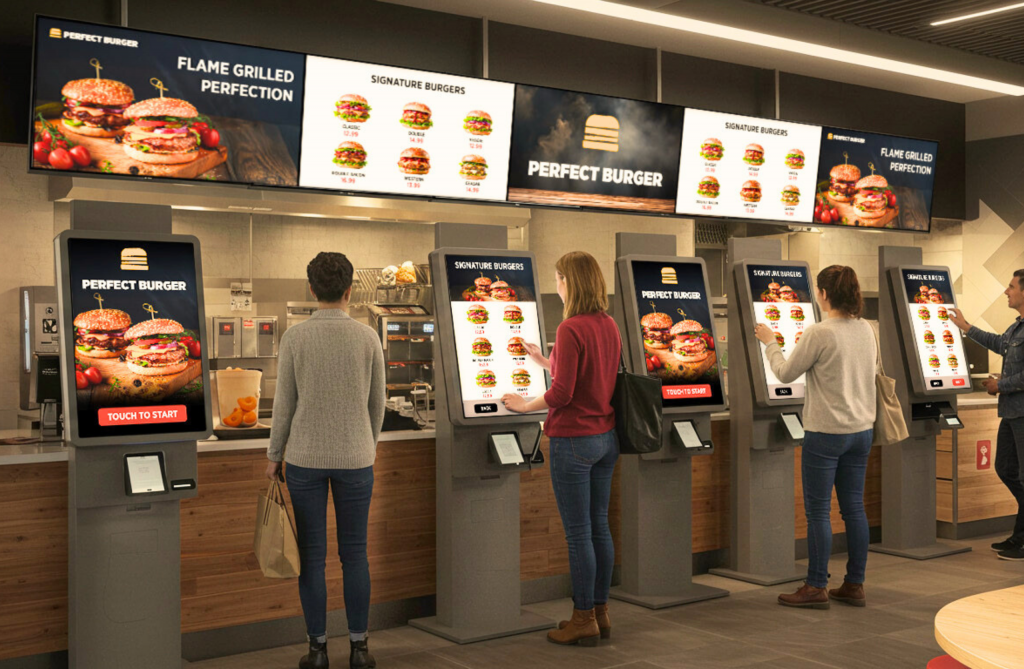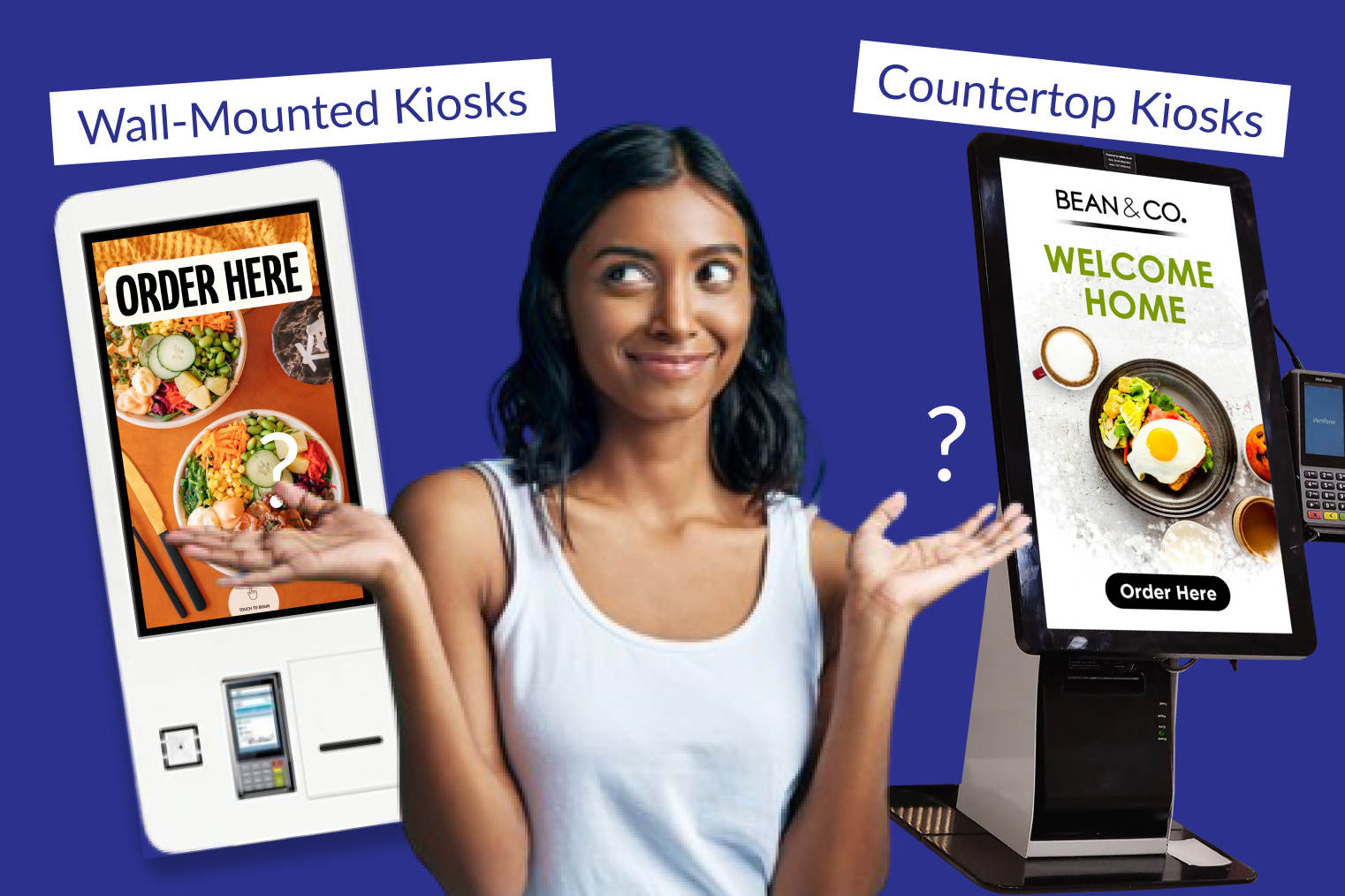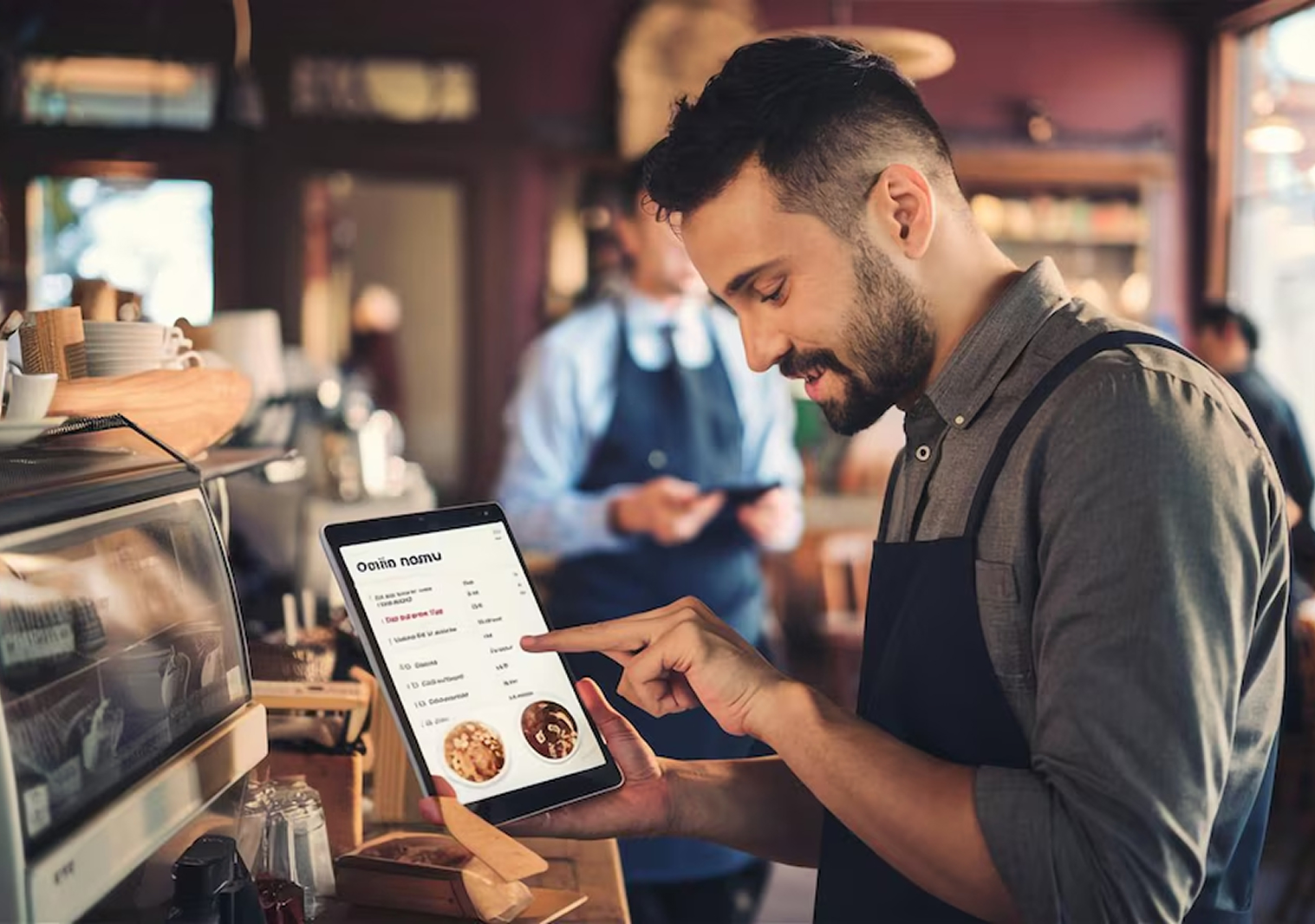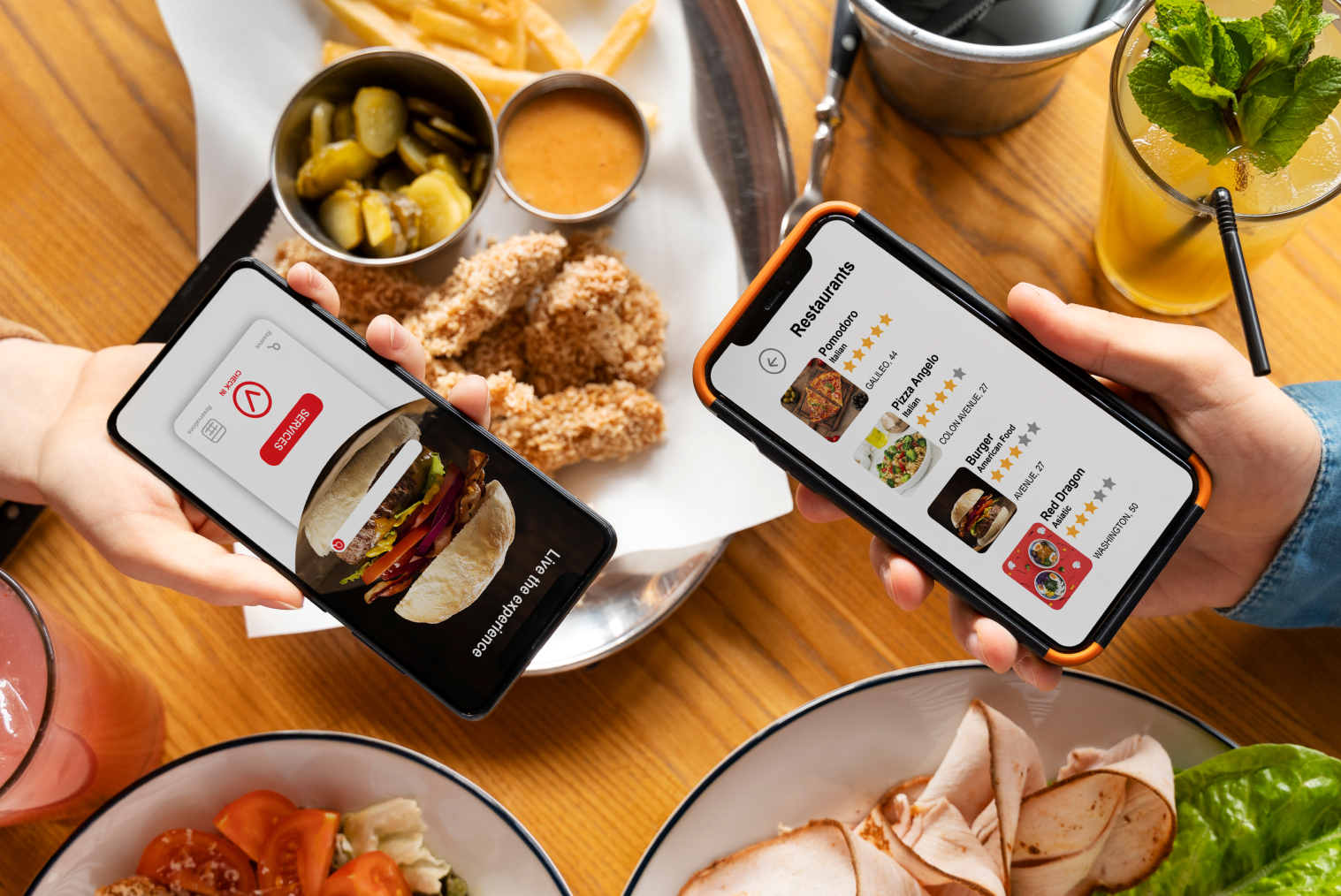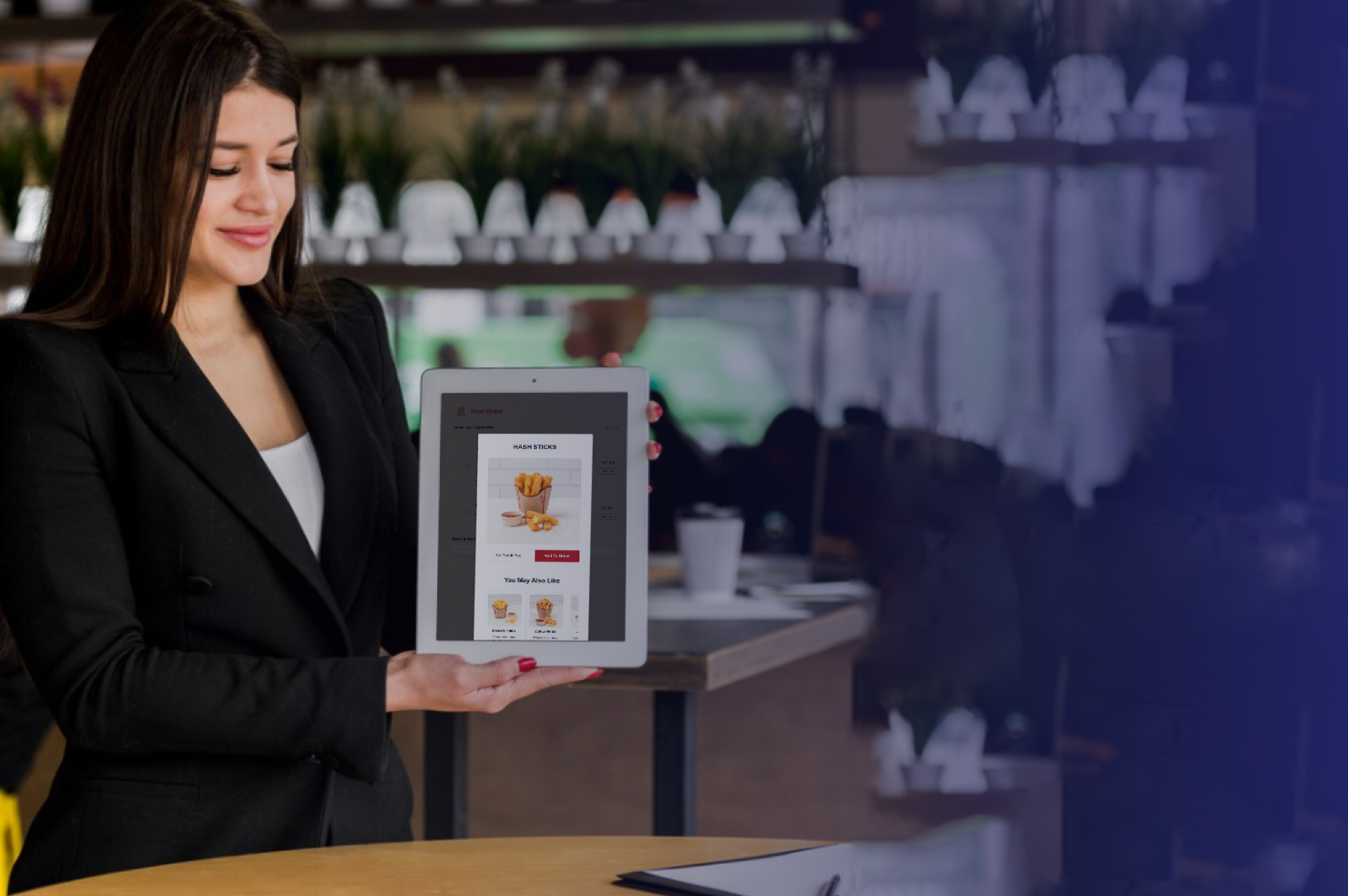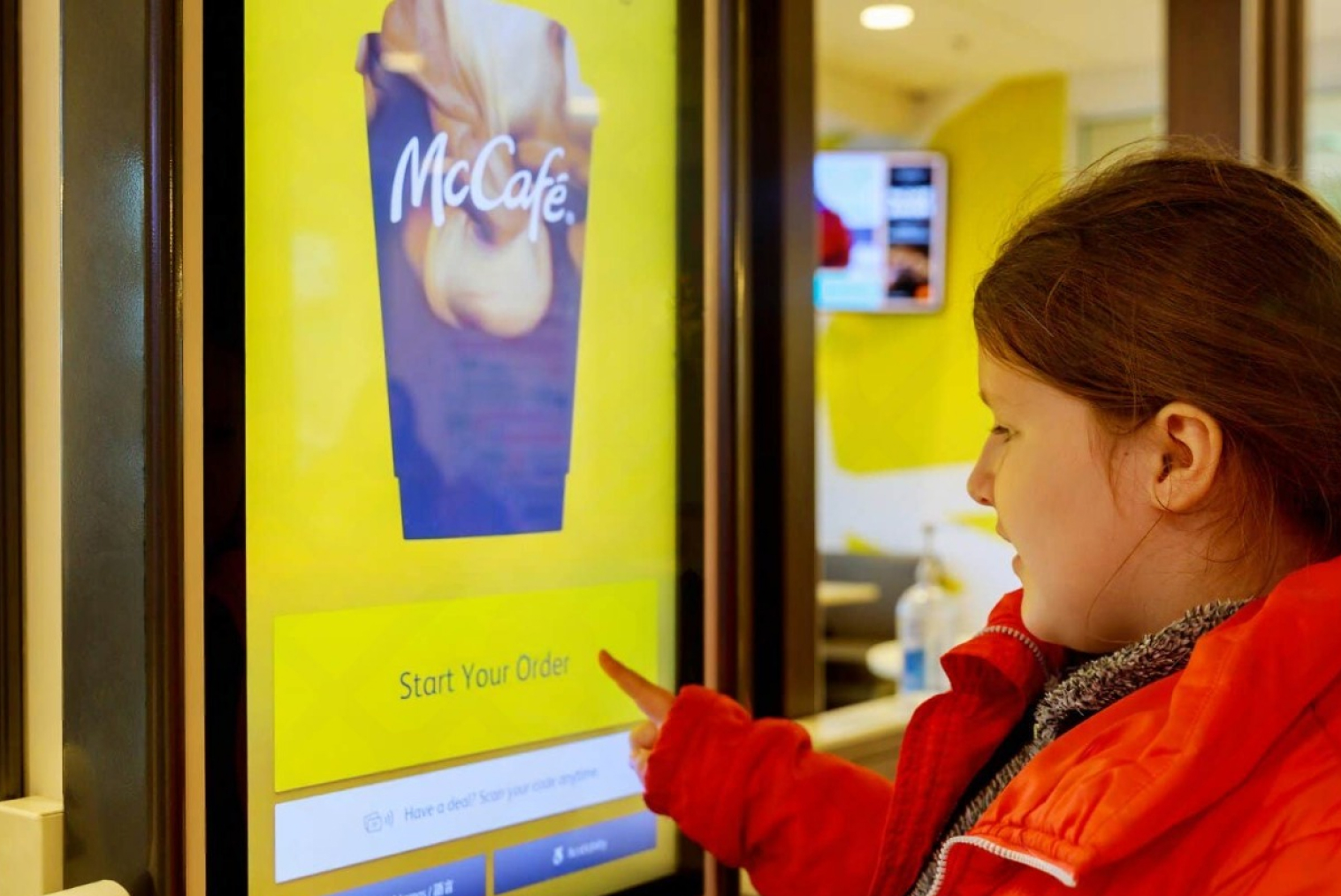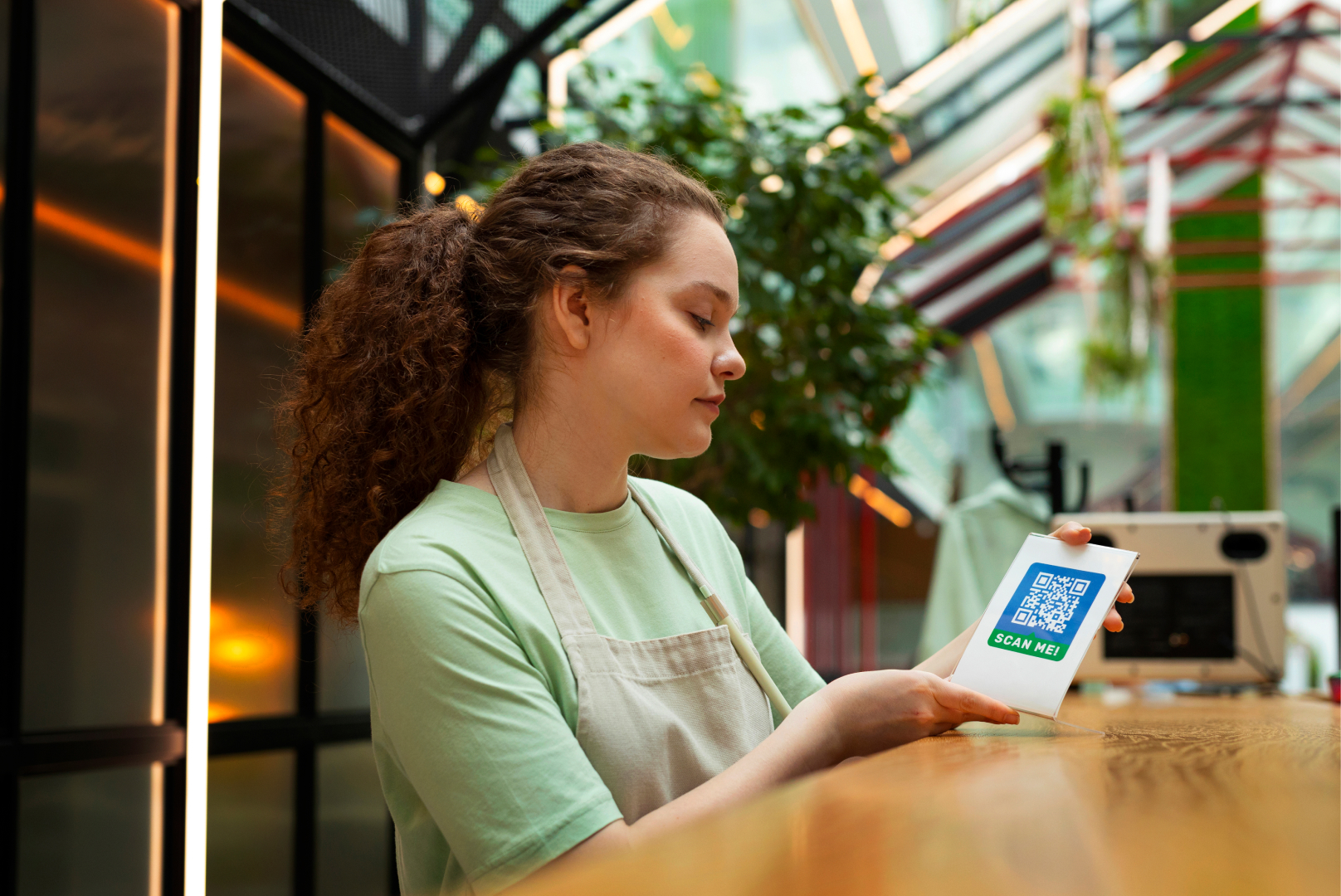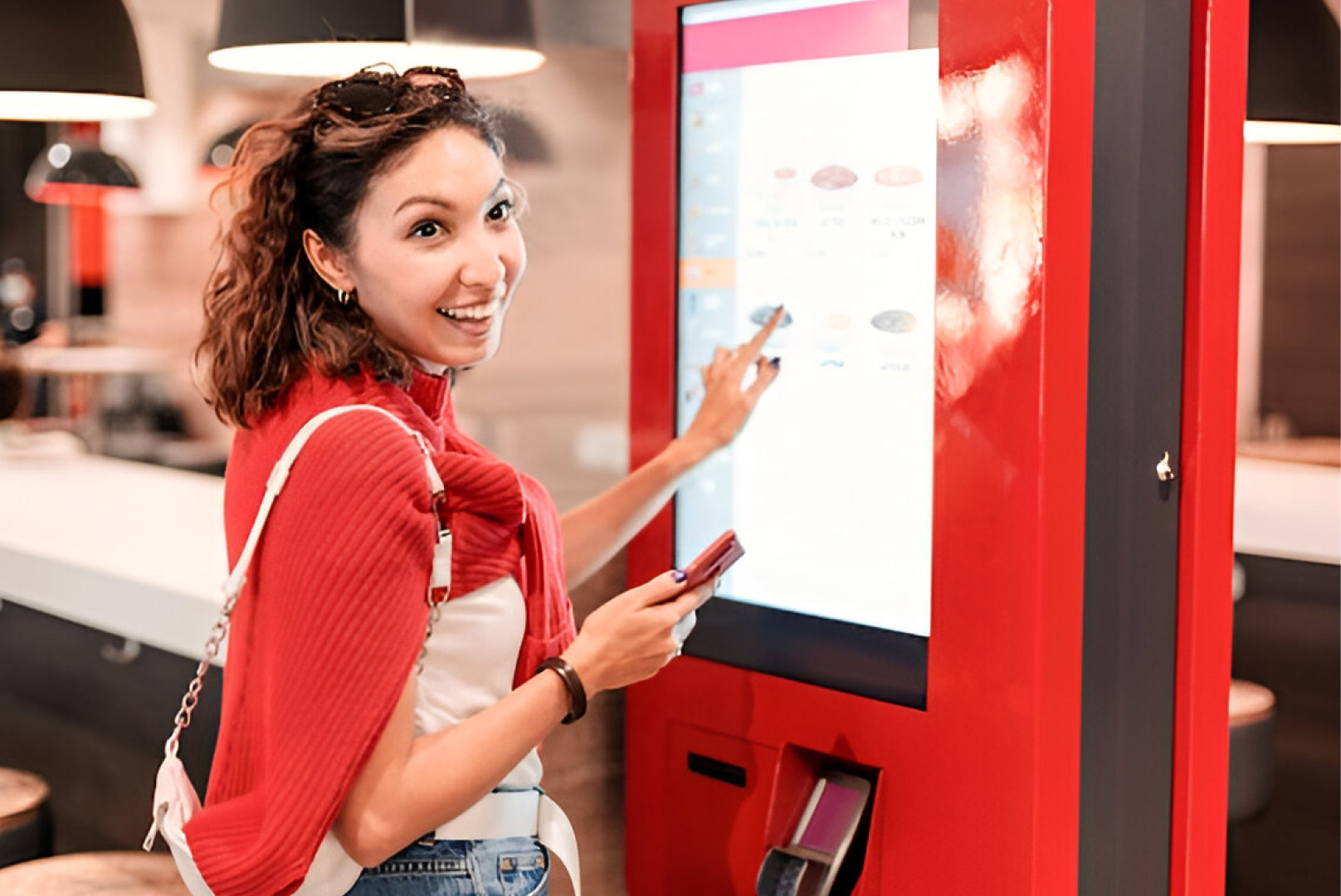How customers shop is changing at a lightning pace. Today's digital-first environment has led consumers to crave speed, convenience, and personalisation even in brick-and-mortar stores. Retailers are responding by adopting one potent tool: interactive kiosks.
From enabling customers to search for products to facilitating smooth self-checkout, interactive touchscreen kiosks are revolutionising how stores operate. They are closing the gap between traditional and online retailing, creating smarter, more interactive, and more efficient store environments.
What Are Interactive Kiosks?
An interactive kiosk is an electronic touchscreen terminal that allows consumers to conduct various activities independently, such as viewing product details, ordering, scanning loyalty cards, or paying.
These kiosks differ from static displays because they respond to user input and offer a complete, interactive, and immersive experience. Interactive digital kiosks in today's retail settings are not merely an added luxury; they're becoming indispensable touchpoints in the consumer shopping experience. Similar technologies are also transforming restaurants through the rise of the restaurant touch screen ordering system, giving customers the same seamless and personalised experience seen in modern retail environments.
The Emergence of Interactive Kiosks in Retail
A 2025 retail systems research report indicates that more than 65% of retailers have installed or intend to install interactive kiosks in retail to raise customer engagement. The same research identified that digitally enabled store kiosks saw an increase in customer satisfaction by 20% and a rise in average transaction value by 15%(source).
These figures underscore a plain fact: customers today anticipate digital ease, even in physical stores. Retailers who embrace kiosk technology are getting ahead by providing easy-to-use, interactive experiences that merge real-world presence and digital smarts.
1. Improved Customer Interaction
Today's consumers desire autonomy. They desire the ability to compare, look around, and decide without waiting for employees to help them.
Interactive touch screen kiosks enable consumers to do just that. Equipped with user-friendly interfaces, product images, and intelligent recommendations, kiosks navigate shoppers through their buying process with ease.
Tip: In apparel stores, shoppers can utilize kiosks to look up available sizes, view styles, or even see how the clothes fit using virtual fitting tools.
2. Simplified Checkout Experience
Checkout lines are among the greatest sources of frustration for retail. Interactive kiosks eliminate this source of frustration by providing self-service checkout.
Rather than standing in line, customers can scan, apply promotions, and pay through the kiosk. This streamlines efficiency and reduces wait times, resulting in quicker transactions and more satisfied customers. The same convenience can be seen in dining spaces with the growing adoption of the self ordering system, allowing guests to place and pay for orders independently, just like shoppers do in retail.
Data Insight: According to a study by Retail Dive, self-checkout kiosk stores experience a checkout time decrease of as much as 40%, vastly enhancing customer flow.
3. Personalised Shopping Through Data
Digital interactive kiosks can be linked with a store's POS or CRM for providing personalised experiences. They can show customers specific product recommendations, offer loyalty incentives, or display localized promotions based on past shopping habits.
This is done more personally, which is more likely to lead to upsells and return visits.
For instance, a shopper looking for skincare items can be given personal suggestions or promotion bundles on the kiosk display itself.
4. Upselling and Boosting Sales
Another sometimes-underestimated benefit of retail interactive kiosks is that they can sell higher-ticket items automatically. Operators can instruct kiosks to display complementary goods ("Customers also purchased.") or promotions at the checkout.
This computer-driven upselling is available 24/7 and does not depend on staff being present, making it a cost-effective method for boosting revenue.
5. Enhanced Store Efficiency
By streamlining routine operations such as product search, returns, or loyalty reward redemption, kiosks enable employees to spend more time on higher-value customer interactions.
In addition, interactive touch screen kiosks yield insights into what customers are browsing and what they like. Retailers can use these insights to make better decisions regarding inventory, promotions, and store layout.
6. Cost-Effectiveness and Scalability
While the initial investment in interactive kiosks may seem high, they offer substantial long-term benefits. Kiosks reduce labor costs, improve accuracy, and operate around the clock.
As businesses grow, adding more kiosks or integrating new features becomes easier than expanding staff size. This scalability makes interactive kiosks a cost-effective solution for both small retailers and large chains.
Real-Life Example: Sephora’s Digital Shopping Experience
Beauty store Sephora has been at the forefront of leveraging interactive touch-screen kiosks. Their locations include digital mirrors and self-service counters where customers are able to try on virtually, read reviews, and add to cart instantly.
Forbes says that this has increased Sephora's in-store conversion rates more than 20%, demonstrating that interactive technology not only increases engagement but also drives tangible sales gains(source).
Conclusion: The Future of Retail Is Interactive
Retail interactive kiosks have revolutionized the way customers engage with brands. They provide quicker service, more in-depth personalization, and greater operational effectiveness—all within a single slim device.
With consumer behavior increasingly determined by digital experiences, it is no longer a choice but a necessity to invest in interactive digital kiosks. It is a strategic initiative that future-proofs your store, boosts brand reputation, and offers a genuinely contemporary shopping experience.
Frequently Asked Questions (FAQs)
Q1. Are interactive kiosks cost-effective for small and large businesses?
Yes. Interactive kiosks offer scalable solutions that fit businesses of any size. They reduce labor costs, improve accuracy, and operate continuously, providing long-term savings and ROI.
Q2. Do interactive kiosks help increase sales and store efficiency?
Absolutely. By offering personalized recommendations, reducing queue times, and enhancing customer engagement, interactive kiosks significantly boost both sales and efficiency.
Q3. Are interactive kiosks suitable for all types of retail businesses?
Yes. From fashion and beauty to electronics and groceries, interactive kiosks can be customized to suit various retail environments and customer needs.
